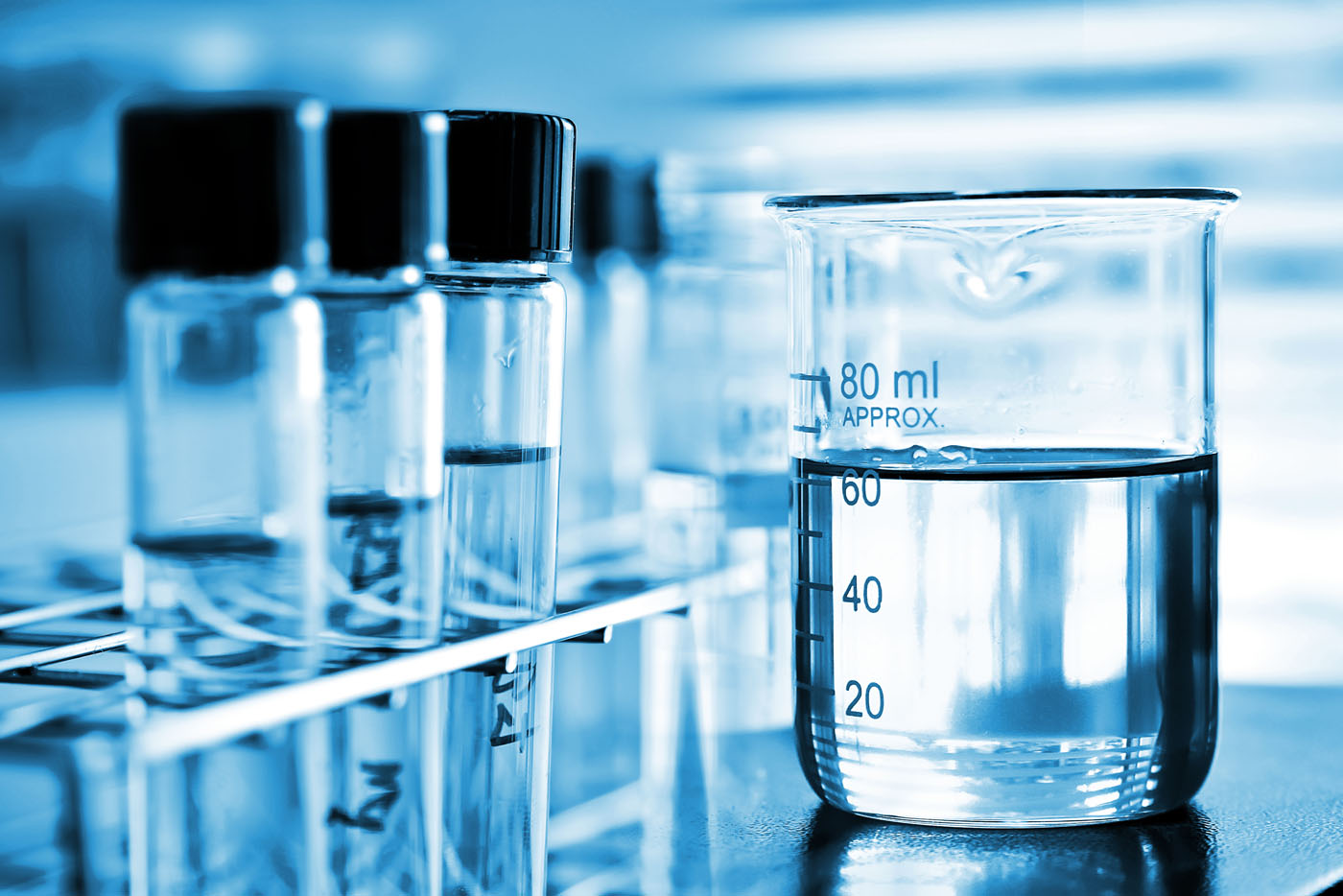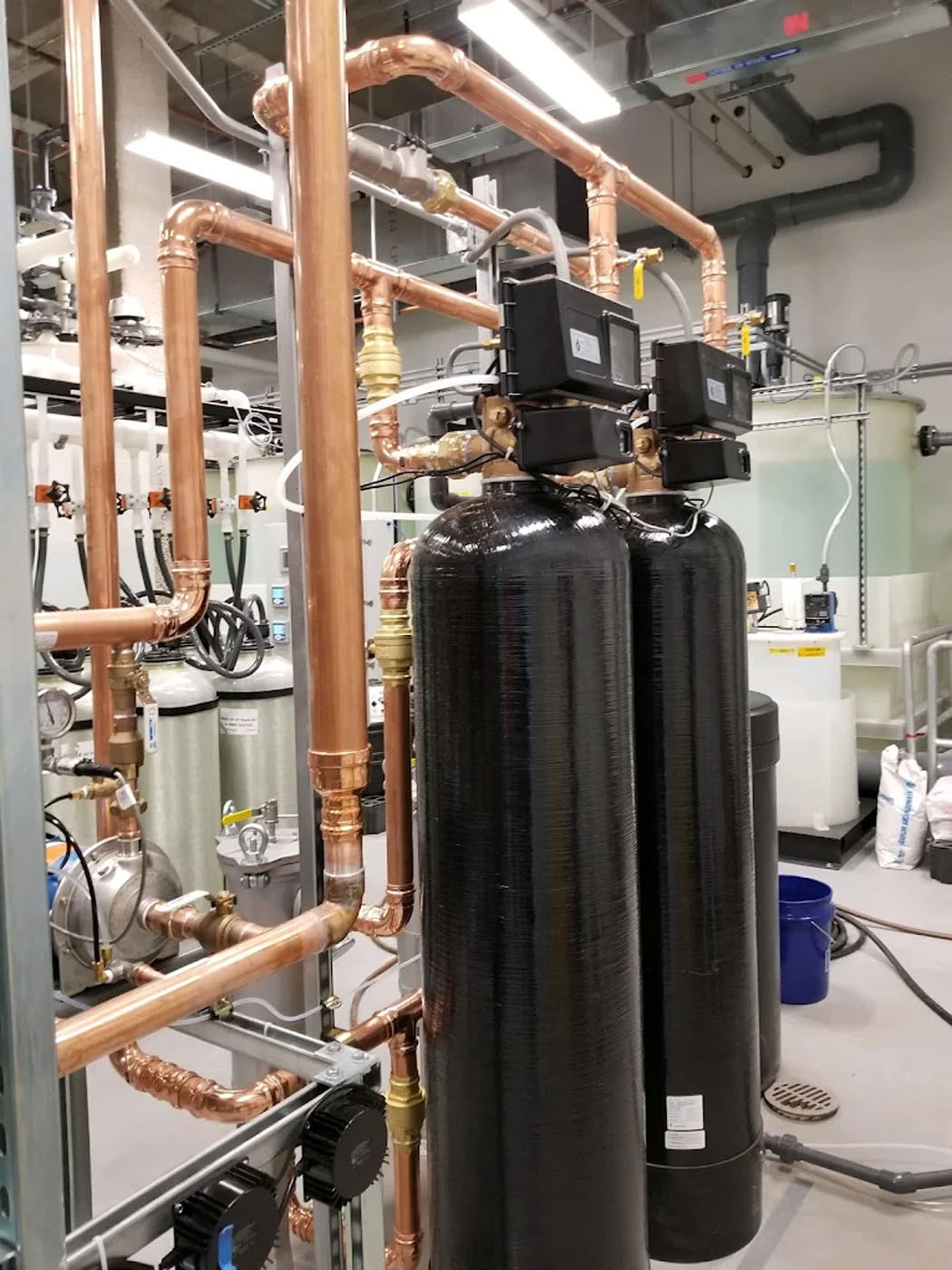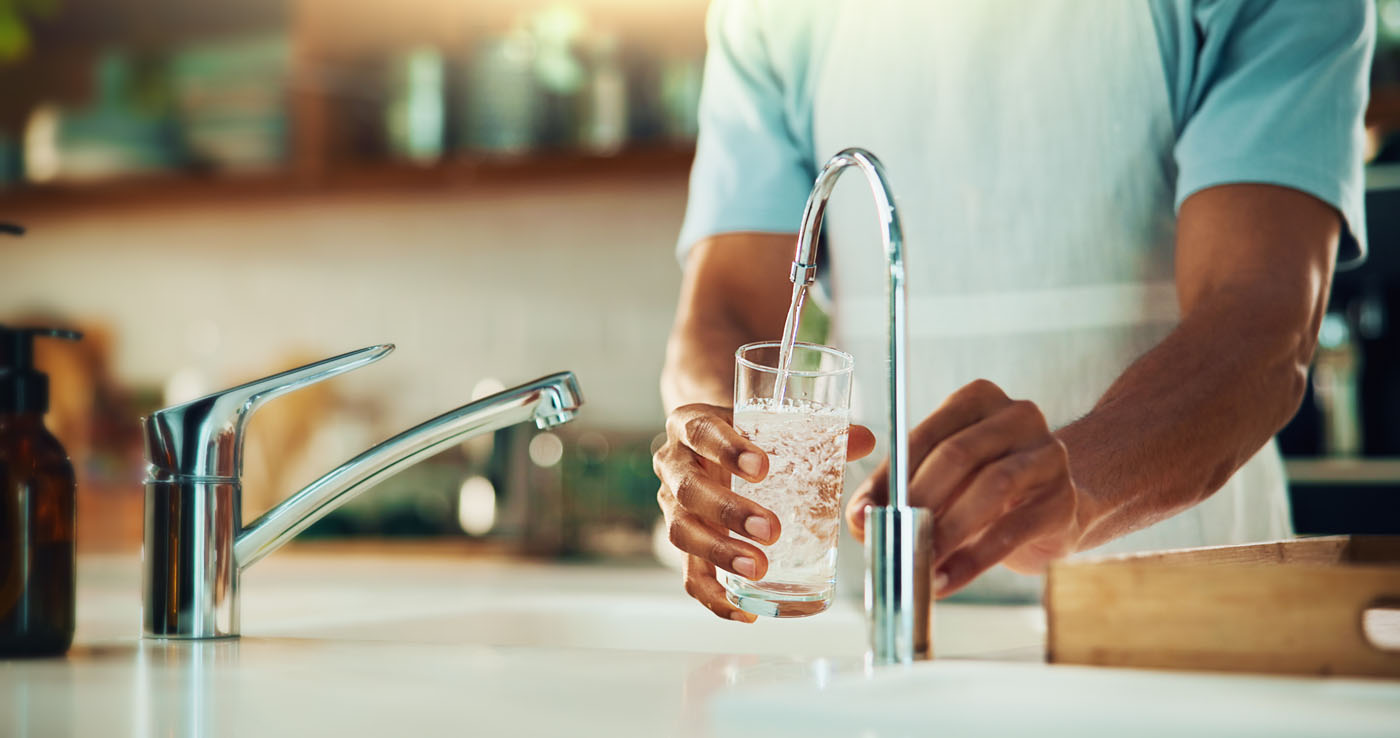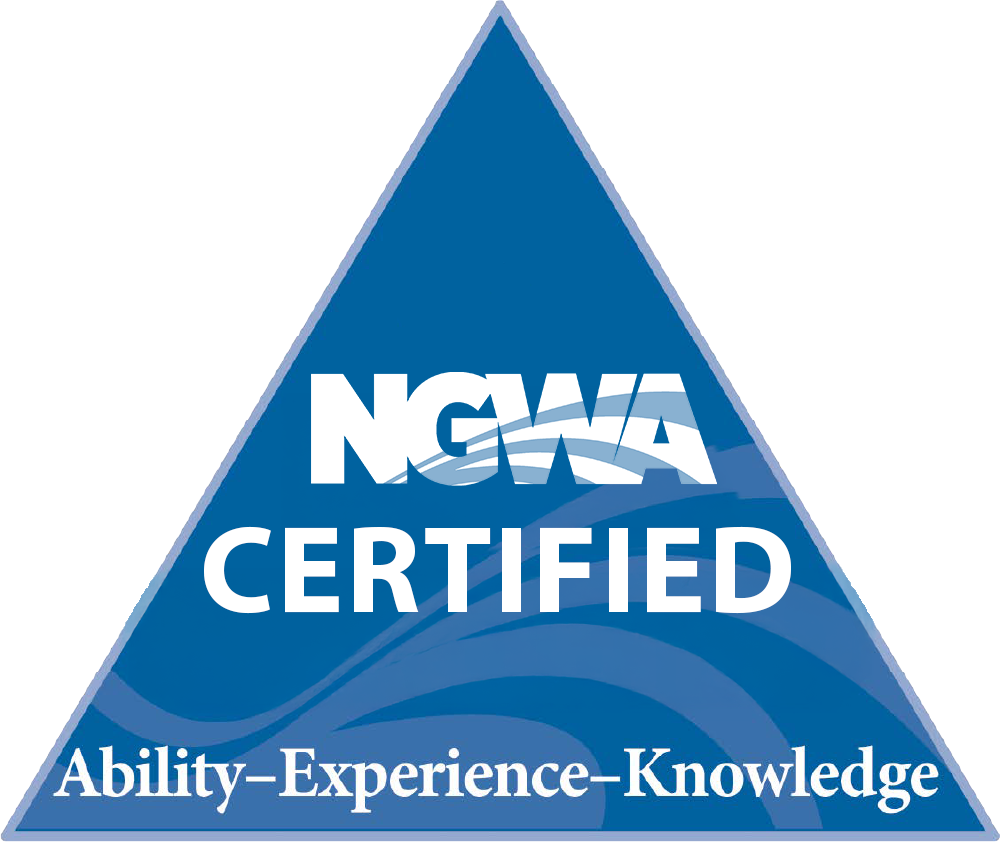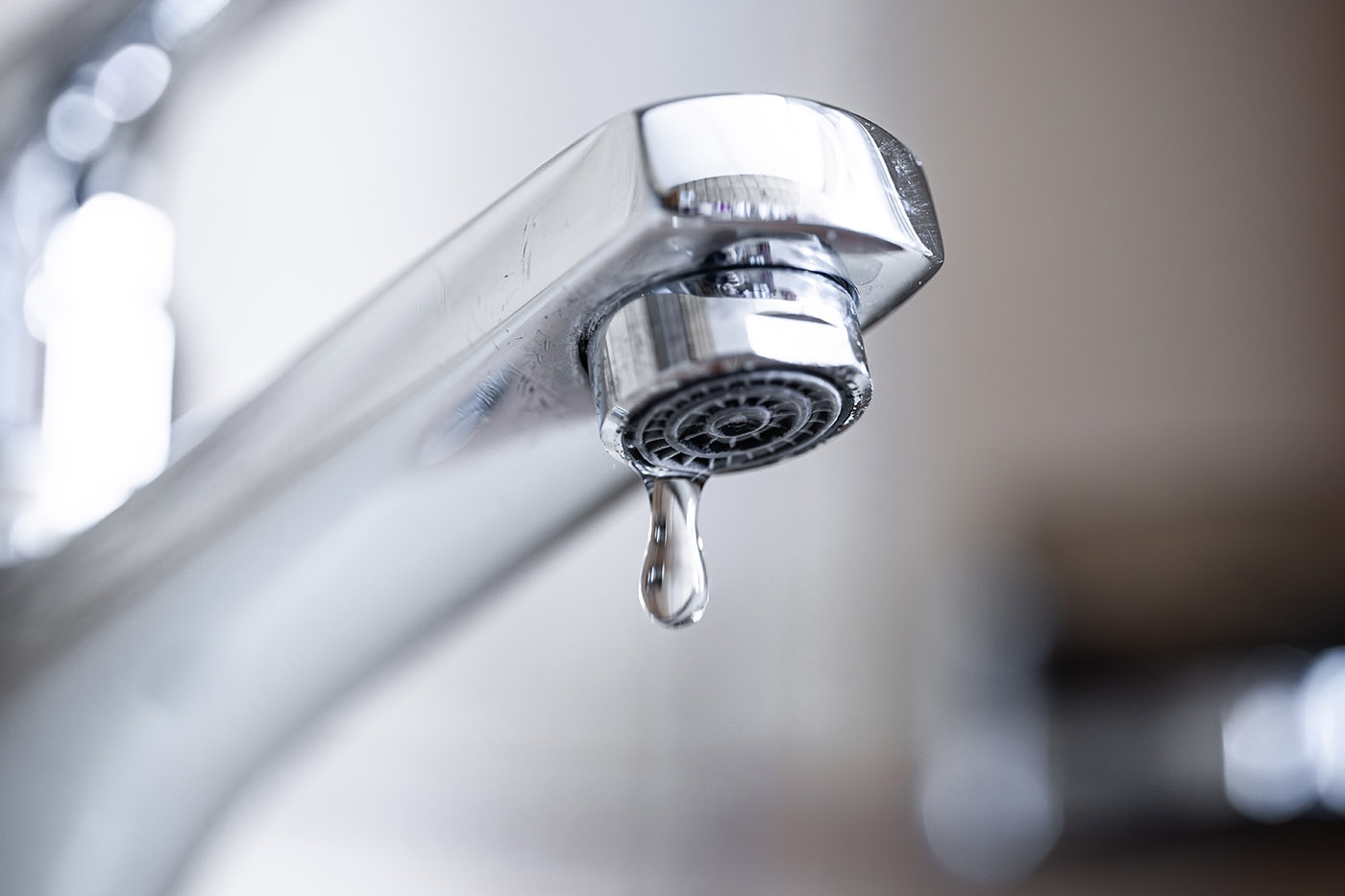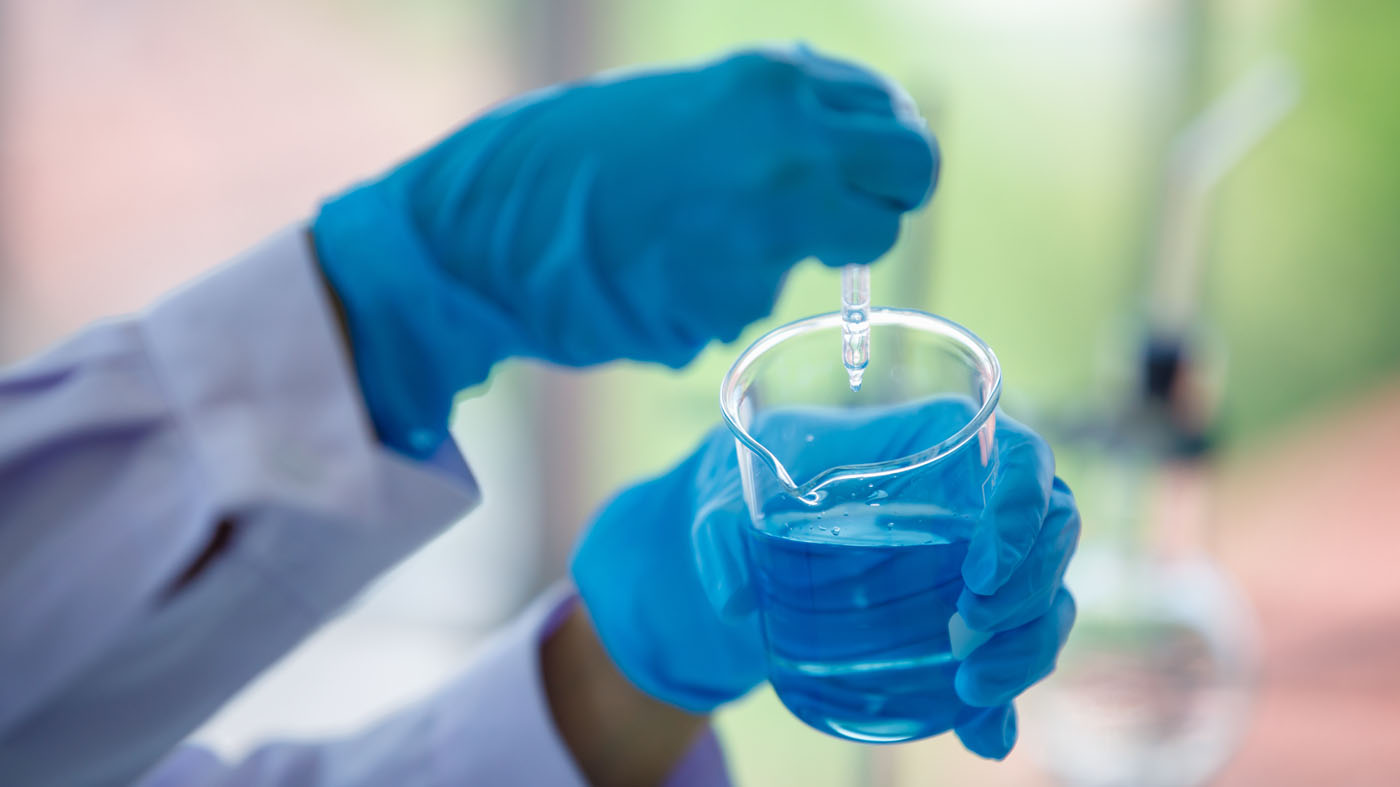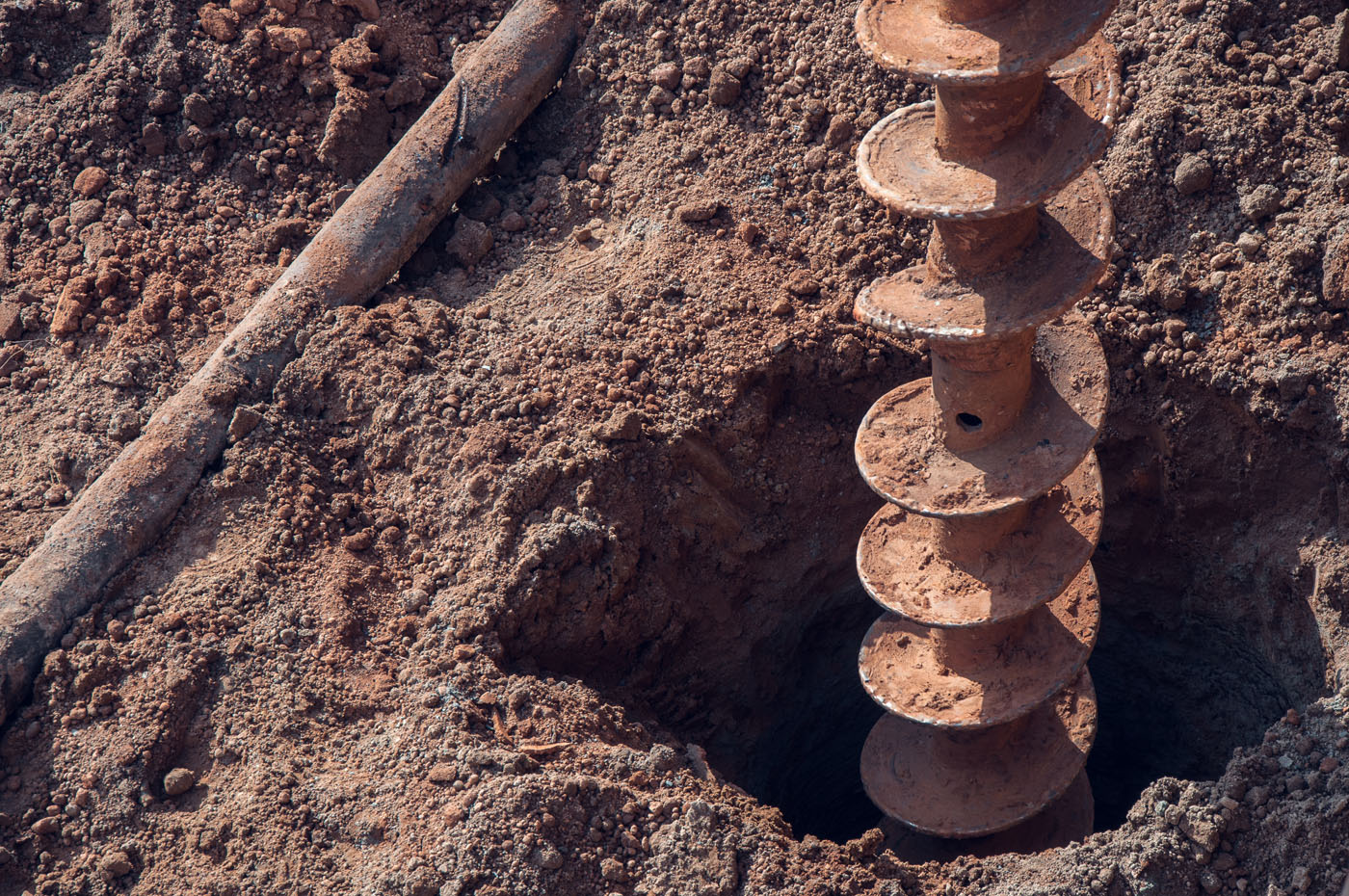Water quality can change over time due to environmental factors, aging infrastructure, or runoff from nearby construction and agriculture.
Potential water contaminants, like bacteria, heavy metals, and chemicals, can be present in both well and municipal water sources. Some contaminants reveal themselves through unpleasant taste, smell, or appearance, while others can only be detected through testing.
Common Dangers of Well Water & Municipal Water
-
Municipal water: Municipal water is regulated and generally safe, but it still faces risks from contaminants such as chlorine, microorganisms, and other substances. Aging pipes in the distribution system can leach lead or cause bacterial growth.
-
Well water:
Private wells are more likely to contain germs and chemicals because they are not regulated under the federal Safe Drinking Water Act. They are susceptible to bacteria, nitrates, pesticides, and heavy metals.
What Homeowners Can Do to Ensure Safe Drinking Water
-
Regular water testing: Testing, particularly for private wells, is fundamental for understanding what’s in your drinking water. Since treatment devices vary for different pollutants, it's important to know what contaminants are in your water before selecting a treatment system.
-
Install water treatment systems:
Water treatment helps remove contaminants and improve the taste and odor of your water. It also minimizes mineral deposits, removes chlorine, improves color, and provides peace of mind.
Water softeners, in particular, protect your plumbing and appliances from damage.
-
Trust the professionals:
Water quality issues depend on your water source and household conditions. Seeking professional guidance for your water treatment solution guarantees the job is done properly the first time.
